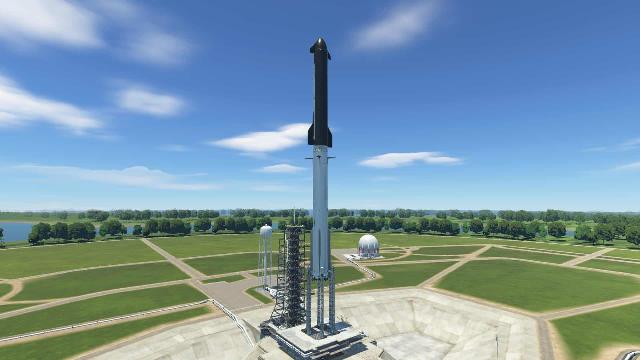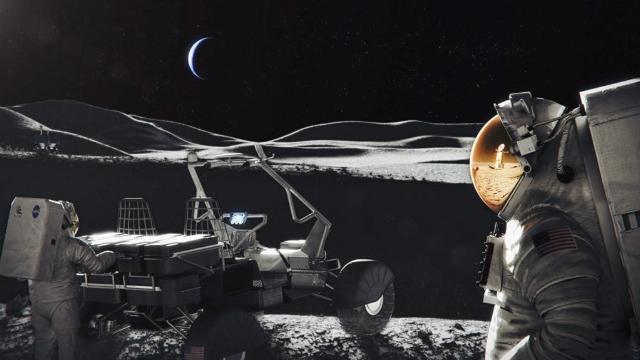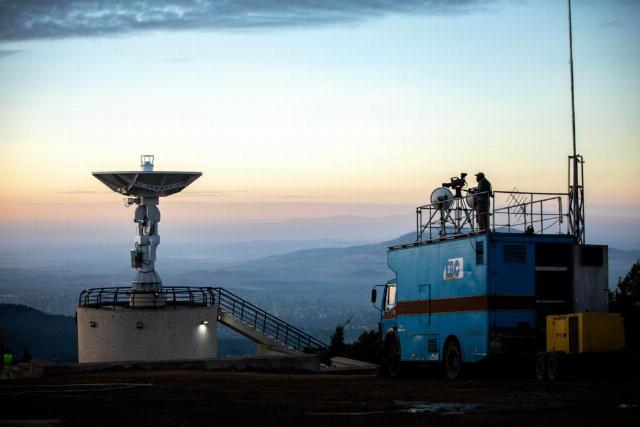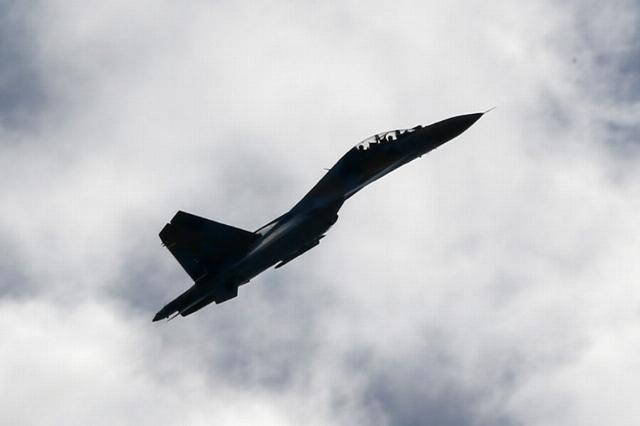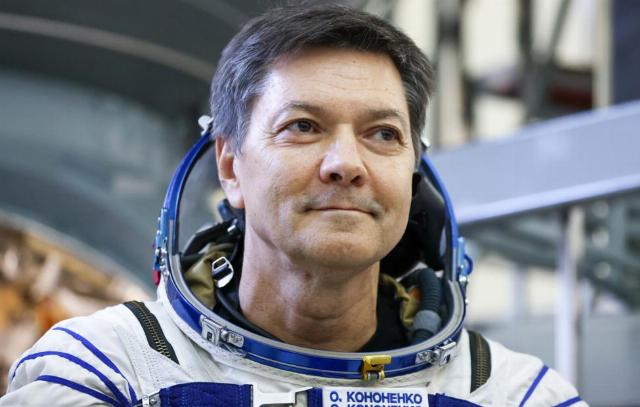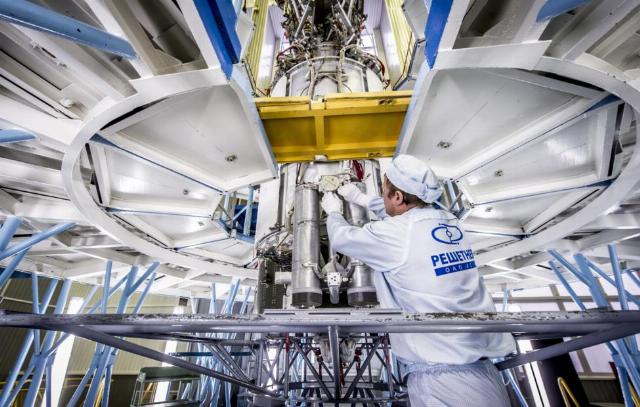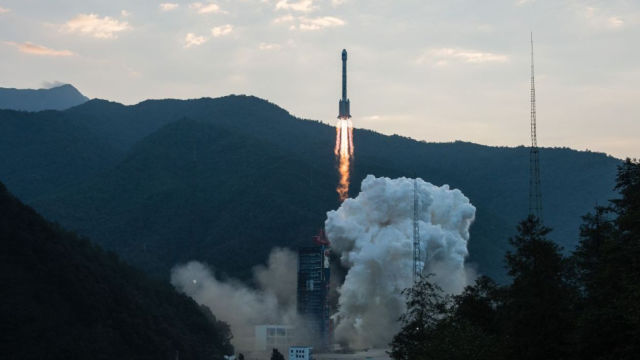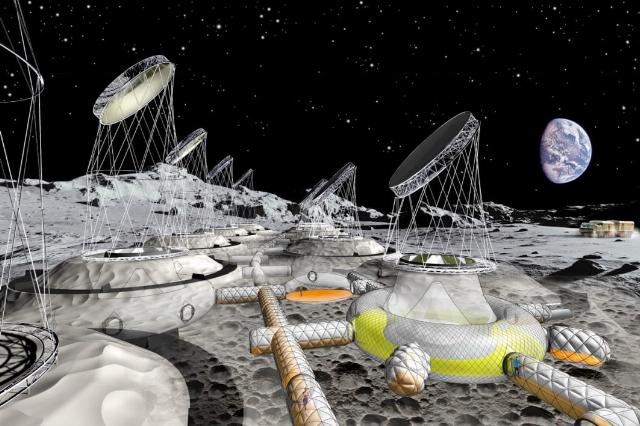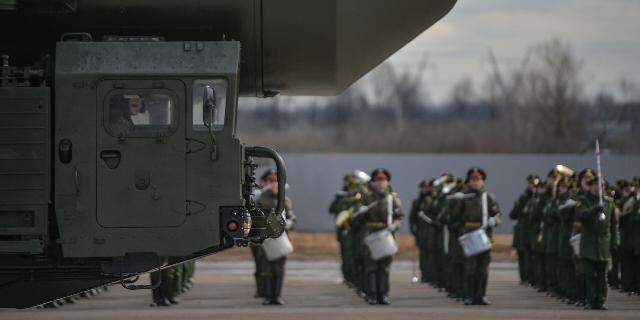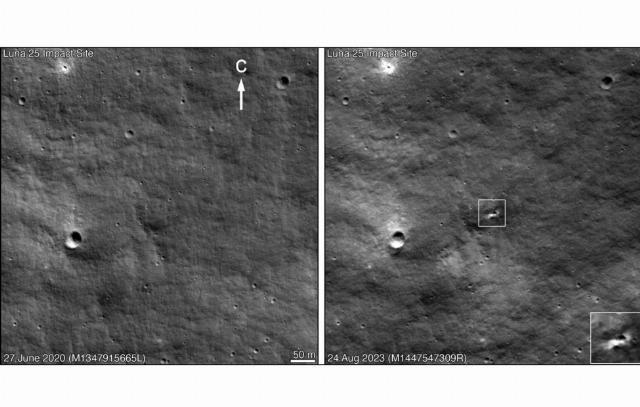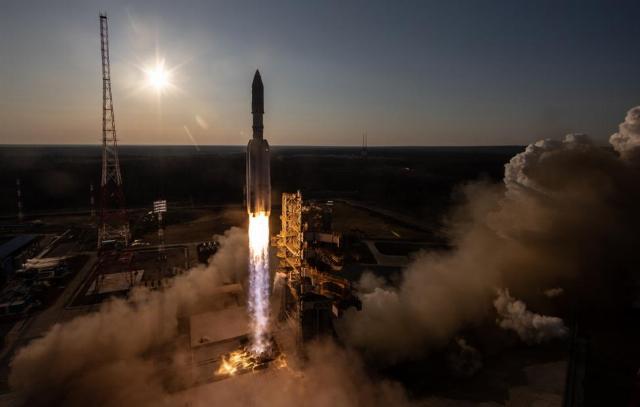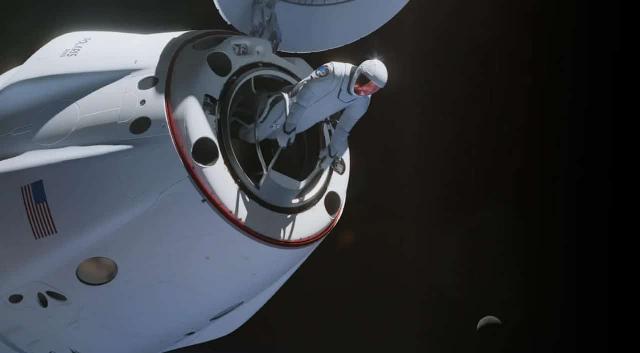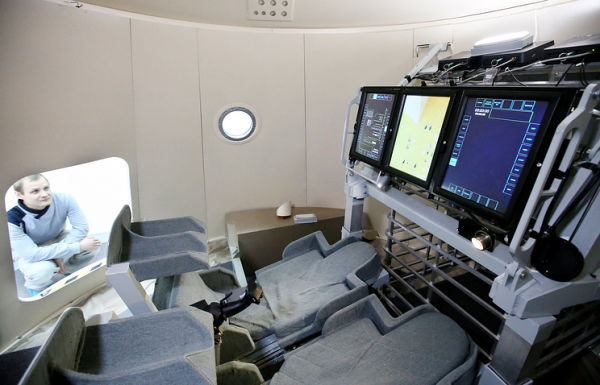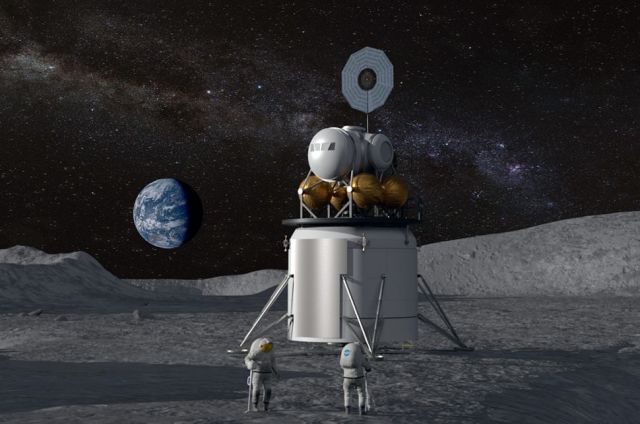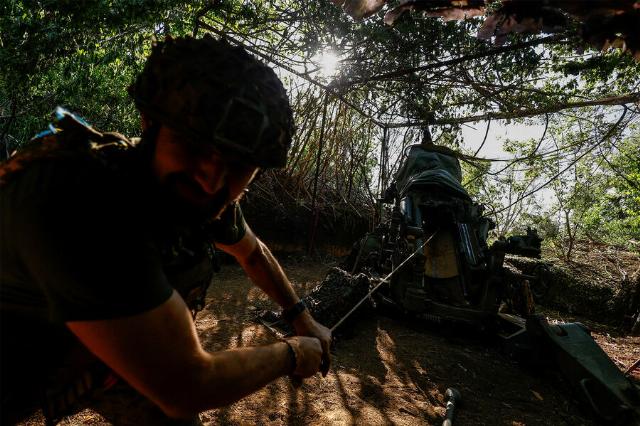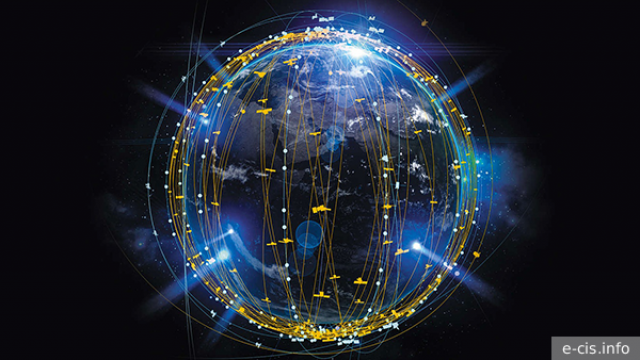Latest news on "Space"
The documents told about the device of the new version of Starship
The current version of SpaceX's largest carrier is twice as powerful as Saturn 5, the most powerful rocket of the past. However, a document from the US Federal Aviation Administration showed that Elon Musk plans to seriously widen the gap. Along the way, his rocket will significantly increase the number of engines in both stages, as a result, it will become higher than the highest pyramid on earth.
"The biggest show of force." Why did Russian ships arrive in Cuba
Peskov called the arrival of Russian warships in Cuba a normal practice
The Kazan submarine and the Admiral Gorshkov frigate of the Russian Navy arrived in Cuba after completing exercises in the Atlantic. They will stay in Havana for five days. The American CNN channel considered the visit a "demonstration of military force" of the Russian Federation just 145 km from Florida, and the Kremlin called it a normal practice. What Russian ships are doing near the Caribbean Islands and why Russia should conduct naval exercises so far away - in the material of the military observer "Gazeta.En" by Mikhail Khodarenka.
NASA has announced a condition for landing on the moon in 2026
The head of NASA's Lunar exploration systems division explained a previously unknown condition to the public for landing people on an Earth satellite in September 2026. Skeptics assessed this statement as the desire of the National Aeronautics and Space Administration of the United States to shift responsibility for the failure of the lunar landing to someone else.
Starting from the equator: the present and future of Africa's space technologies - TASS Opinions
Mikhail Kotov — about African satellites and the prospects of space programs on the continent
Africa is huge. Its area is more than 30 million square kilometers. This is the area of China, the USA and Canada combined, or 55 countries such as France. Almost 1.5 billion people live in this territory, which is 18% of the world's population. According to the forecast of the African Development Bank, five African countries in 2023-2024 will enter the top 10 fastest growing economies in the world: Rwanda, Ivory Coast, Benin, Ethiopia and Tanzania. Despite the challenges, growth rates in all regions of Africa remained positive last year and will be stable in the next two years.
Amateur astronauts suffered a space flight no worse than professionals
The authors of a series of simultaneously published scientific papers described the impact of the space flight of the first ever private crew — Inspiration4, sent into space by SpaceX — and concluded that, despite the lack of long-term and systematic pre-flight training, the organisms of the flight participants endured it normally. This has serious implications for the future of spaceflight, in which the majority of all crews are highly likely to be private.
The AFU aircraft attacked a target near Belgorod for the first time. Is Russia facing more air attacks?
Sky News: the AFU combat aircraft used weapons for the first time outside the new regions of Russia
A combat aircraft of the AFU Air Forces struck a target in the Belgorod region on the night of June 10, the British Sky News channel reported. This was the first case of Ukraine using combat aircraft against targets outside the new regions of Russia and Crimea. Is it true that the combat capabilities of the Ukrainian Air Force are growing, and how the situation may develop in the future - in the material of the military observer "Gazeta.En" by Mikhail Khodarenka.
Head of SR Space: they grew from a startup to a full-fledged aerospace holding company in a year - TASS interview
The Russian company SR Space celebrates its fourth anniversary in July — since its foundation, the company has gone from a small startup to a full-fledged aerospace holding company. Oleg Mansurov, CEO of SR Space, spoke about plans to launch launch vehicles and demonstrator satellites, promising areas of work, as well as the new headquarters in an interview with TASS on the sidelines of SPIEF 2024
Kononenko said that the new record will help in preparing for interplanetary flights
The cosmonaut stressed that the new achievement makes him proud of the work done
A new record for staying in near-Earth space for 1 thousand days will contribute to the development of space medicine and preparation for future interplanetary flights, said Oleg Kononenko, special correspondent for TASS at the International Space Station (ISS), commander of the Roscosmos cosmonaut detachment.
All MNLS partner countries will have access to the Russian nuclear power plant on the Moon - Deputy Head of Roscosmos
Russia has already made an offer to China to create a lunar nuclear power plant
Moscow. June 5th. INTERFAX - Russia is ready to independently create a lunar power plant with a nuclear reactor for the Russian-Chinese project to build an International Scientific Lunar Station (MNLS), partner countries will be able to use its electricity to provide MNLS modules and robotic equipment, Alexander Bloshenko, Deputy Director General of Roscosmos for space Complexes and science, told Interfax.
A signal from space: how Reshetnev JSC creates the latest communication satellites
June 4 marked the 65th anniversary of the founding of the Academician M.F. Reshetnev Information Satellite Systems enterprise (Reshetnev JSC, part of the Roscosmos State Corporation). Having begun its history as a branch of the famous OKB-1 Sergei Korolev, who worked on ballistic missiles, the company has become a leading Russian manufacturer of communications and navigation satellites. About the formation of domestic satellite groupings and their future — in the material of TASS.
Chinese Long March 3B Launch Vehicle
TASS-DOSSIER. China launched from the Xichang cosmodrome (Sichuan Province) on May 30 A Long March 3B launch vehicle with a Pakistani communications satellite.
Scientists have calculated the water supply for the lunar base for 100 people
Even without the reuse of water, humanity can deploy a fairly serious base at the south pole of the Moon, a new study has shown. However, this decision will have quite serious consequences. Moreover, the most likely path for the development of lunar bases does not necessarily require serious water consumption on a natural satellite of the Earth.
Countries capable of waging war in space and their achievements (Aydinlik Gazetesi, Turkey)
Aydınlık: The United States and Russia have entered into a struggle for access to resources in space
There is a serious space race going on today. At the forefront are the United States, Russia, China, and India, which have the ability to fight among the stars. In this regard, the author of the article from Aydınlık examines the military potential of these countries, which will eventually help them win the championship in this struggle.
The crater from the fall of Luna-25 has been identified
The diameter of the newly formed crater is about 10 m
Specialists from Russia has most likely identified a crater (funnel) on the Moon from the fall of the Luna-25 spacecraft in August 2023. This was reported by the press service of the Ministry of Education and Science of the Russian Federation.
Space for Peace: what the heads of the BRICS space agencies talked about in Moscow
On May 24, a two—day meeting of the heads of space agencies of the BRICS member countries, chaired by Russia, ended in Moscow. The participants spoke in favor of exclusively peaceful use of space. The meeting was held in a friendly atmosphere, the key theme of the two-day event was ensuring the safety of space activities. TASS cites the main statements of the heads of the space agencies of the BRICS countries.
Elon Musk's spacesuit: revolution or madness?
When SpaceX showed the spacesuit for the 2024 Polaris Dawn summer mission, many reacted almost enthusiastically. Of course: the new extravehicular spacesuit for such a mission looks stylish and, most importantly, not bulky. But for experts, the appearance of the equipment caused serious concern. Is Musk really going to land people on the Moon and Mars in spacesuits without an oxygen tank? Is this a revolution in spacesuit engineering or the most dangerous experiment on astronauts in history? In the 1960s, due to suboptimal costumes, the United States had already lost three people in a ground flight rehearsal. Will SpaceX be next in this sad relay race?
Expert: India, Brazil and South Africa may become partners of Russia and China in the lunar program
India has competencies in the development and launch of satellites and could participate in the creation of lunar modules, said Ruslan Permyakov, Deputy Director of the NTI Competence Center "Technologies of Trusted Interaction" based on TUSUR.
The United States continues to plan a test flight to the Moon for September 2025
The United States has not yet shifted the estimated deadlines
The United States has not yet shifted the estimated timing of the first manned test flight to the Moon under the Artemis program and they assume that it will take place in September next year. This was announced by Bill Nelson, Director of the US National Aeronautics and Space Administration (NASA).
The US congressman showed a map of Russia with an ATACMS missile strike zone. Will Kiev strike?
The US Congress showed a map of Russia with a possible US missile strike zone
American lawmakers have asked the Pentagon to allow the Armed Forces of Ukraine to attack US weapons on Russian territory due to the deteriorating situation near Kharkov. One of the congressmen showed a map of the region of the Russian Federation, which could be hit by ATACMS missiles transferred to Ukraine. How the lifting of restrictions on the use of American weapons against targets in Russia will affect the course of the special operation and how Russia will respond, the military observer of the Newspaper understood.En" Mikhail Khodarenok.
What will a giant constellation of satellites in orbit give Russia?
The year 2024 is becoming the time for the start of mass production of devices for the largest satellite constellation in the history of Russia, the Sphere. How will this grouping be organized, what is its significance for citizens and businesses – and why is it one of the key elements of Russia's technological, economic, and even political sovereignty?




